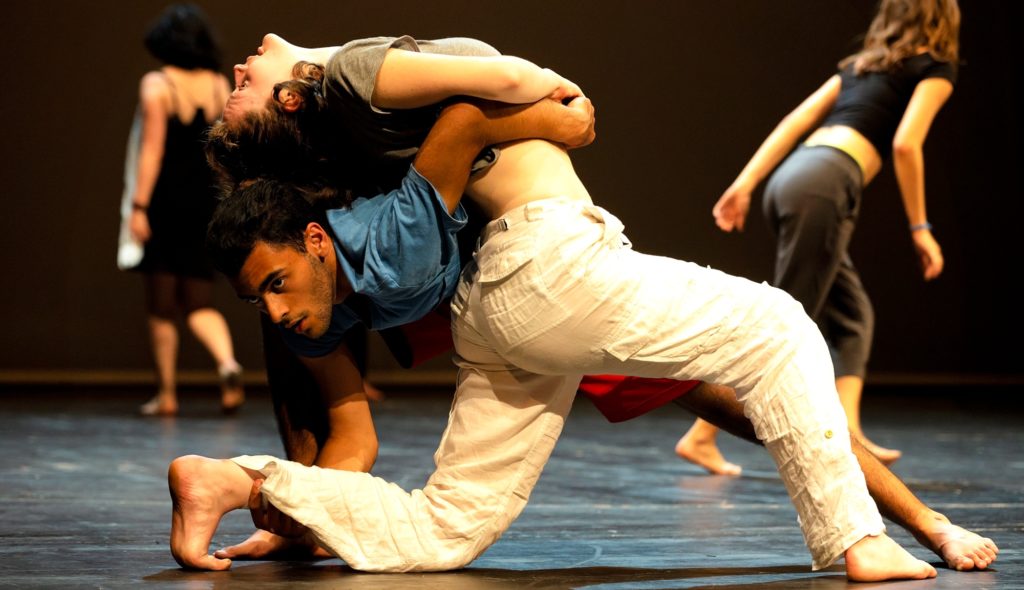
About The Shakespeare Ensemble
The Shakespeare Ensemble is an international collective of multi-disciplinary artists. We spend our time adapting rehearsal methods from Shakespeare’s time to raise our shows in 3-5 days.
We seek to engage with communities and audiences – regardless of language – with urgency, immediacy, and energy. Our fuel is the methods used by Shakespeare’s actors, reworked and reimagined to make simple, powerful theatre.
We believe that vibrant, dynamic storytelling needs three simple ingredients: actors speaking passionately, playing in a great space, with a keen audience.
Our Practice
We adapt rehearsal methods from Shakespeare’s time.
We look at how Shakespeare’s company worked. They were said to have 40 plays in their repertoire, and would raise their shows with less than a day’s rehearsal.
How did they do this? We have spent the last ten years finding out, exploring cue-scripts, Platts, and how to improvise our stage-craft, working towards a playful state that looks like the result of months of rehearsal.
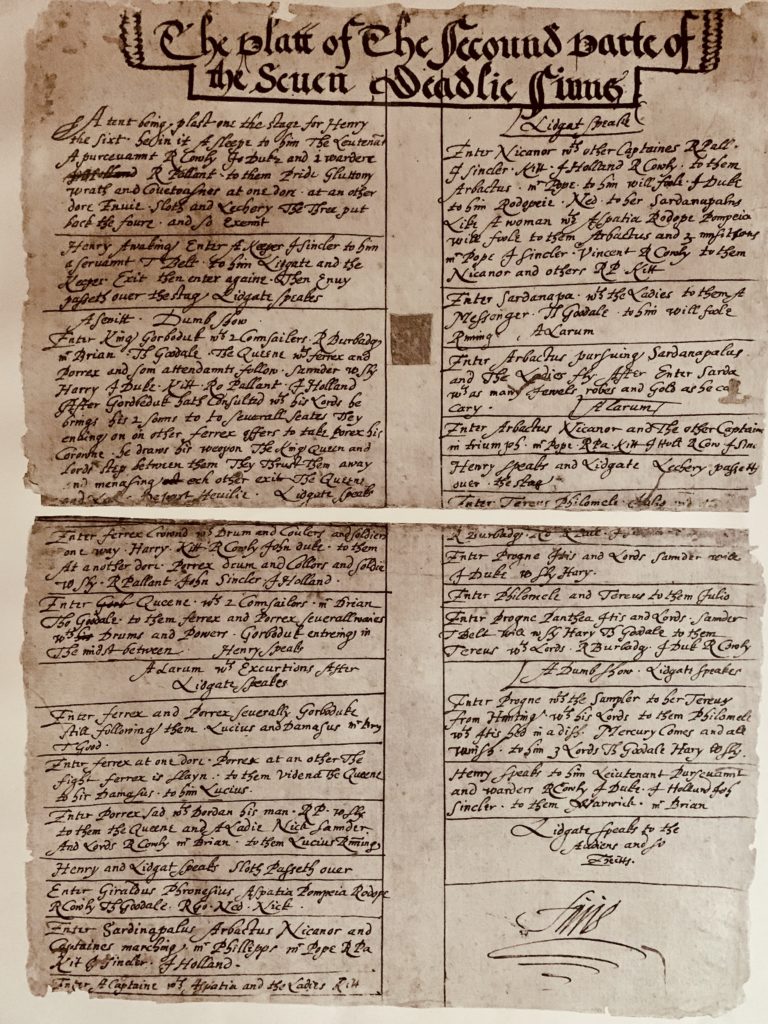
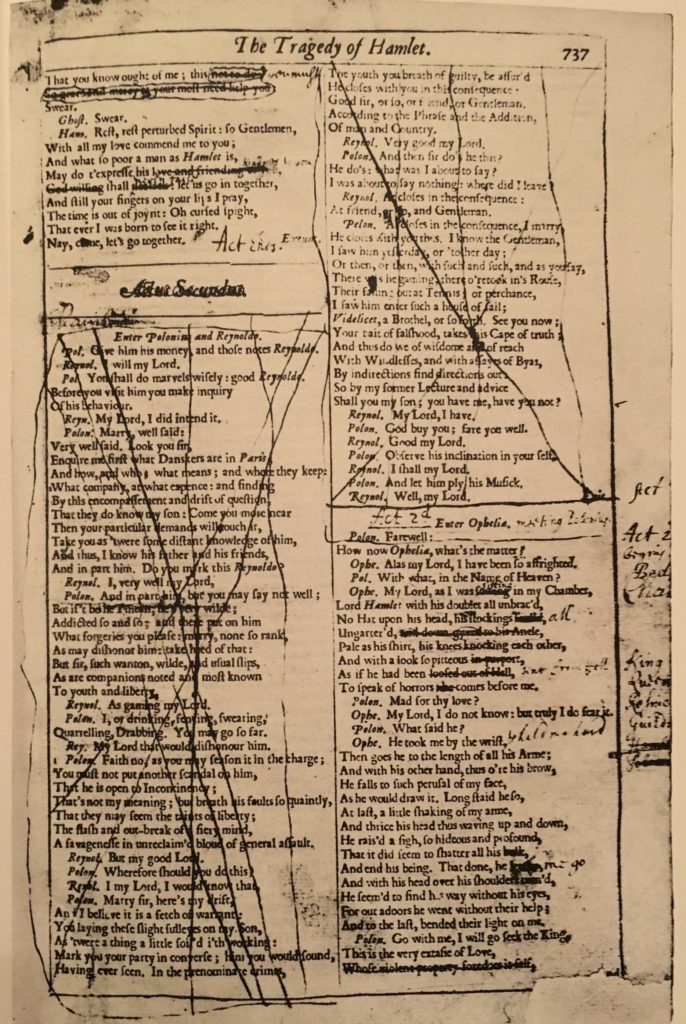
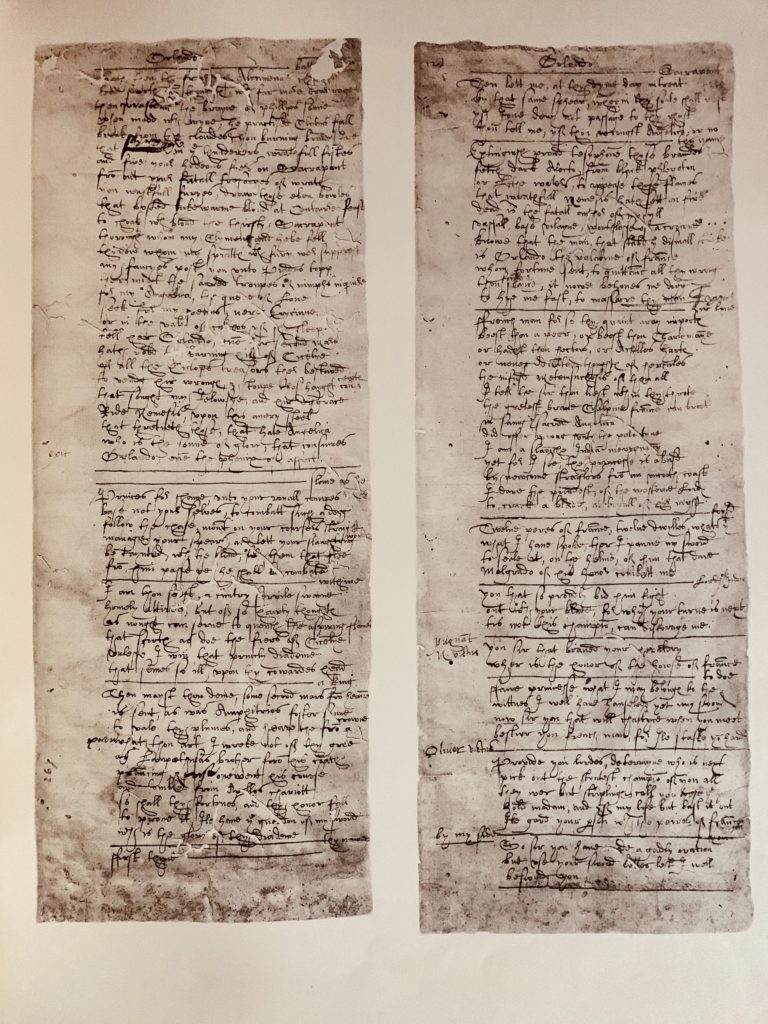
Our Past Work
In August 2018 we adapted A Midsummer Night’s Dream into Dreame, an immersive promenade indoor-outdoor-indoor performance that ended in a feast, for a small Welsh community, raising the show in 5 days.
In September 2019 our tour of Japan took the experiment further, raising Macbeth, Romeo and Juliet, and Hamlet in 7 days.
With this tour we stepped closer to the kind of working dynamic Shakespeare’s actors shared. We played in a different type of space for every performance, shifting between outdoor, indoor, proscenium, traverse, the round, and promenade.
Thrumming similar strings to Shakespeare’s company, we use few props, no set, no costume, no shoes… although Shakespeare’s actors probably had shoes.
As the pandemic hit, we moved our work online, exploring how to collaborate at distance. Our What You Will and Winter’s Tales were the result. You can still see What You Will here.
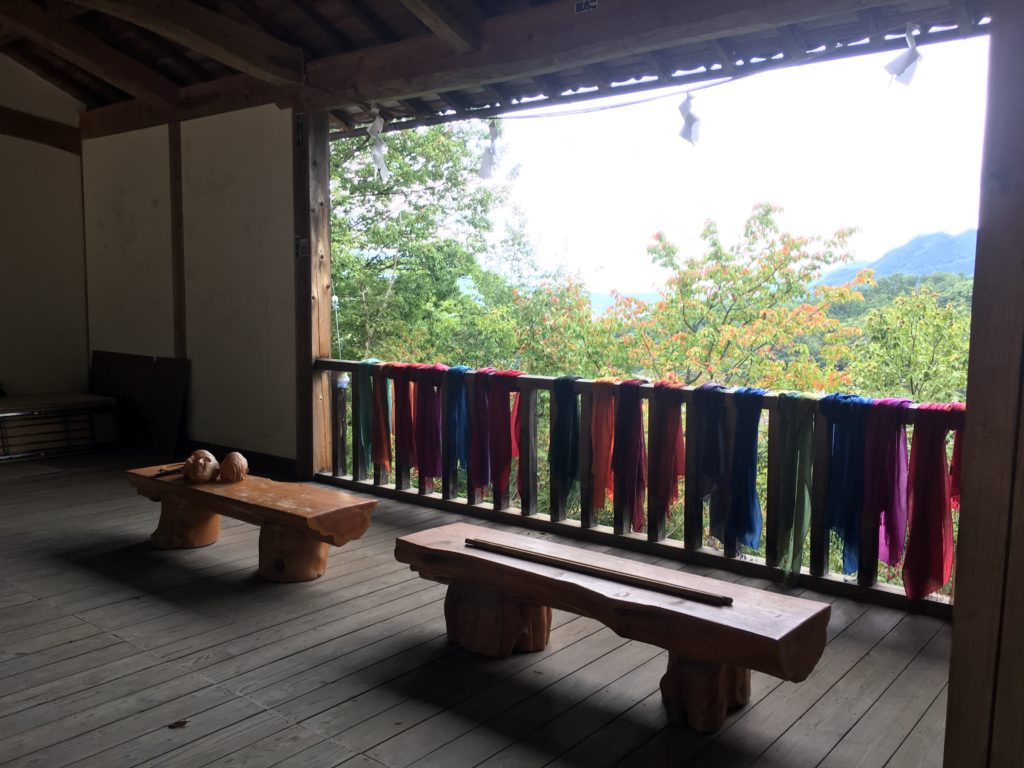
Our Style
We wear our own clothes, using silk scarves instead of costume changes for character doubling. Prop-wise, we usually carry a dagger, a crowns and three puppet heads (created by Helen Foan).
We often use adaptations of the accent of Shakespeare’s time, as well as the gesture language that was commonly used.
We agree that rehearsal time is to play together as an Ensemble, and to establish the dances and the fights – the complicated bits that can’t be improvised.
Meanwhile, we learn the words, the cues, and we train ourselves to listen – to each other, and to the spaces we’re invited to play in – while we wait for the audience: the final and most playful member of the Ensemble to arrive.
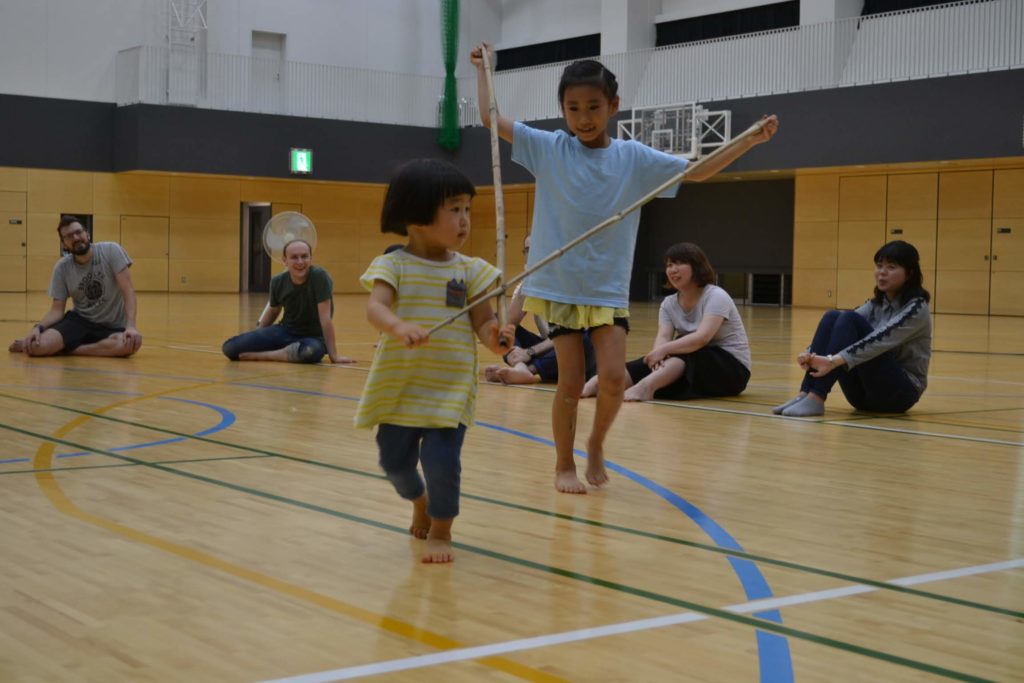
We…
We hail from New Zealand, Japan, India, South Africa, Ghana, Czechia, Norway, Austria, Germany, Holland, Wales, Scotland, England, the United States, Canada, Mexico, and Brazil.
We fold our artists’ first languages into our performances.
We make contemporary living theatre, using Shakespeare.
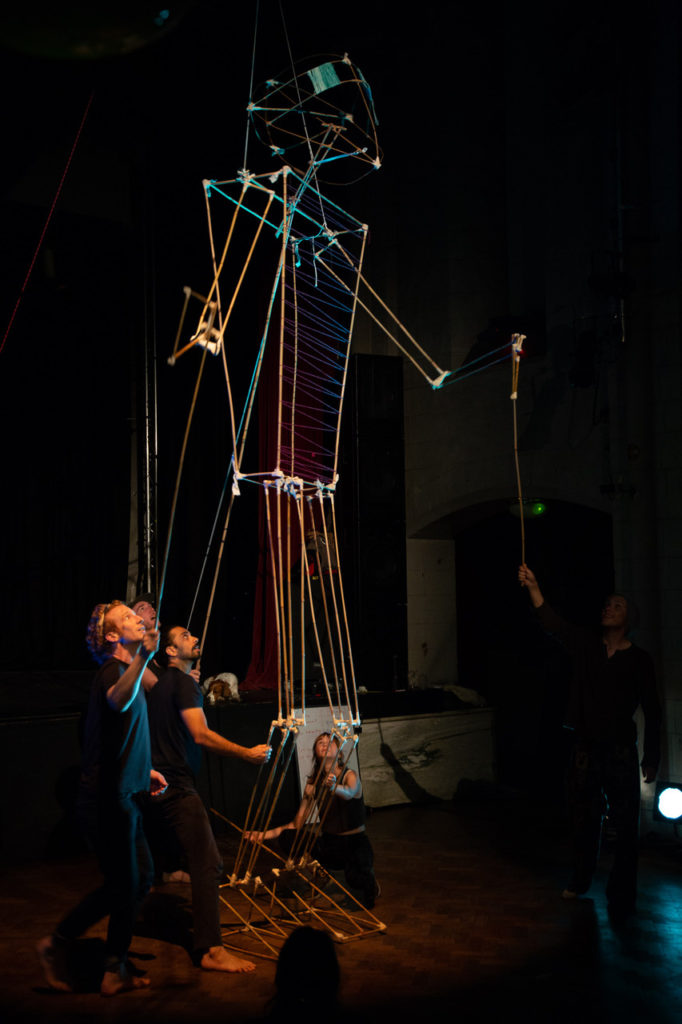
Further Reading
Here’s a list of Ensemble Members past & present.
You can read about the Ensemble’s Lineage here.